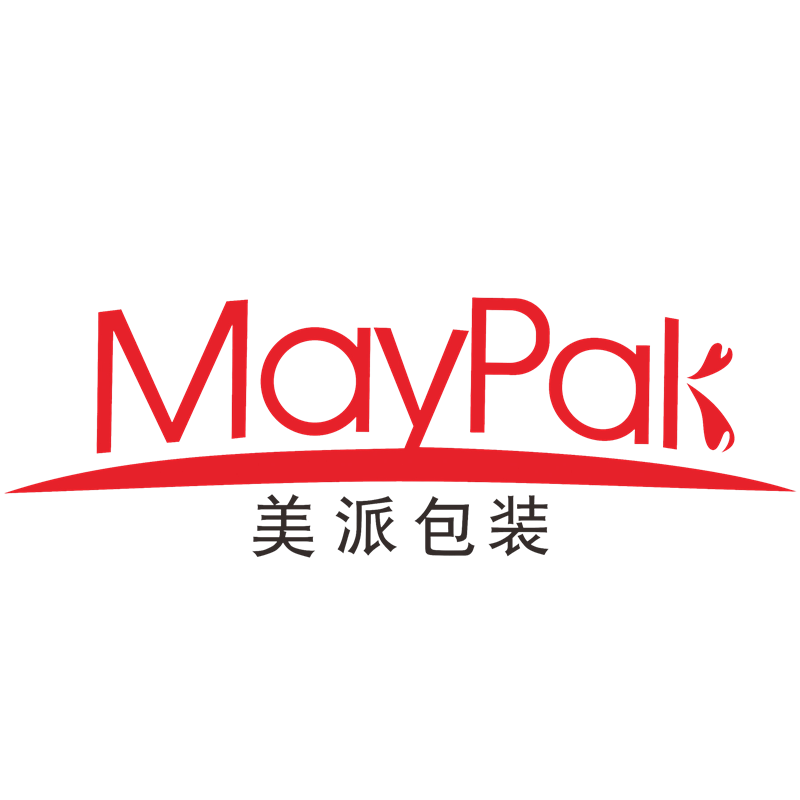Plastic packaging refers to plastic packaging, which is processed by plasticizing, extrusion, blow molding, injection molding and other molding processes with the help of plasticizers, foaming agents, stabilizers and other additives with polymer resin as the main material. Plastic products for storage, protection, cushioning, isolation, etc.
Globally, plastic has become the second largest packaging material after paper. In China, due to the implementation of the “Plastic Restriction Order”, the production of non-degradable and highly polluting plastic packaging products has been restricted, while encouraging and supporting the production of degradable, high-functionality, and high-value-added plastic packaging products. Help promote the development of the plastic packaging industry in an environmentally friendly, sound and orderly direction.
The plastic packaging industry chain can be divided into three major parts. The upstream is the supplier of plastic packaging raw materials and processing equipment. There are a large number of companies in the industry and the market is fiercely competitive. There are both product structure and quality competition and low-end products. price competition. Midstream is the manufacturing link of plastic packaging products. Products can be divided into hard packaging and flexible packaging. Hard packaging mainly refers to plastic products such as plastic barrels, plastic bottles, and plastic caps. Flexible packaging mainly refers to amorphous products such as plastic hoses and plastic bags. ; Downstream is the application field of plastic packaging, including beverage, food, medicine, daily chemical products and edible oil industries, with a wide range of applications.
The development of China’s plastic packaging industry presents several trends as follows:
- Green environmental protection
In the 21st century, environmental issues are becoming more and more important, and resources and energy are becoming more and more tight. With the increasingly stringent environmental standards, the environmental protection of packaging materials and production processes has become an important issue facing the plastic packaging industry, which is also the focus of industry development. Market trends. Plastic packaging materials are required to save energy and resources, and are easily recycled or degraded by the environment after use. In recent years, new degradable plastic packaging materials such as biodegradable plastics and light-degradable plastics have become a hot spot in the research and development of packaging materials at home and abroad.
- Functional
Plastic materials have formed a trend of replacing glass products and metal products in some fields, especially in rigid containers and flexible packaging applications. The rapid development of the industry has put forward high functional requirements for plastic packaging products, high-tech, high-end The use of equipment is increasing. In recent years, a large number of high-tech technologies such as biodegradable plastic manufacturing, non-adhesive compounding, and aseptic packaging technology have been promoted in the plastic packaging industry, which has effectively promoted the improvement of the production technology level of the plastic packaging industry and the upgrading of products. In terms of technology and equipment, through the introduction and absorption of advanced technology and equipment in fields such as foreign plastic films, China’s plastic packaging machinery and equipment manufacturing level has gradually reached or approached the advanced level of developed countries over the same period.
- Lightweight
Like the automotive industry, lightweight is also a popular word in the current plastic packaging field, including reducing the use of packaging materials in downstream industries and improving the performance of plastic packaging materials to achieve the “thin-wall” of plastic packaging containers. On the one hand, excessive packaging in downstream food, catering, express delivery and other industries is prevalent. Excessive packaging activities such as excessive packaging materials and large volumes have a certain negative impact on consumers, enterprises and the environment. The lightweight of plastic packaging not only helps to reduce the amount of materials, thereby reducing the production cost of the enterprise, but also reduces the discharge of waste and reduces the burden on the environment. On the other hand, lightweight is also reflected in the “thin-wall” of plastic packaging containers such as plastic bottles, barrels, cans, and packaging bags. Plastic blending technology and other technologies and production processes continue to advance. Under the premise of ensuring the reliability, chemical stability, and durability of plastic packaging containers, reduce the amount of materials and provide the possibility to achieve “thin-wall”.
